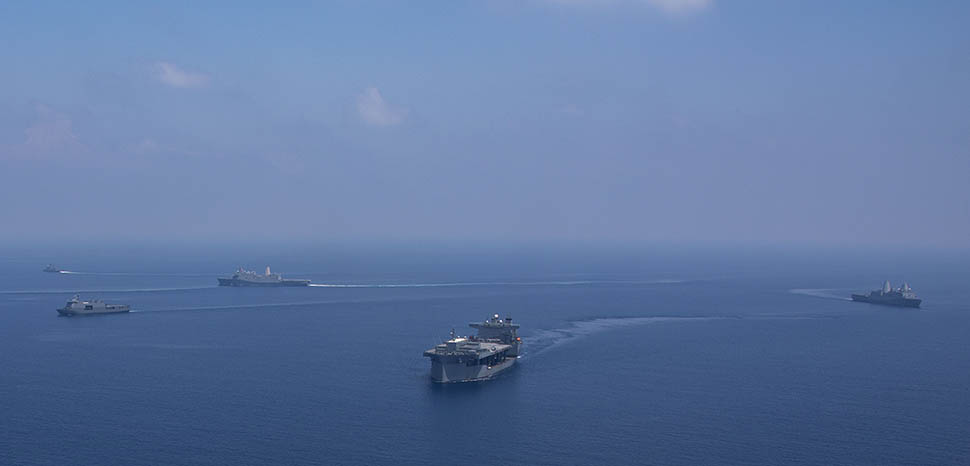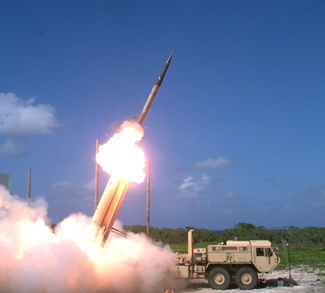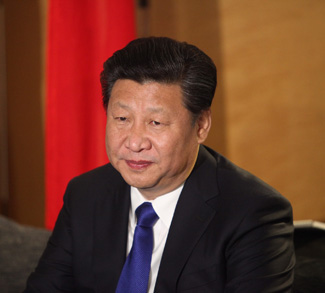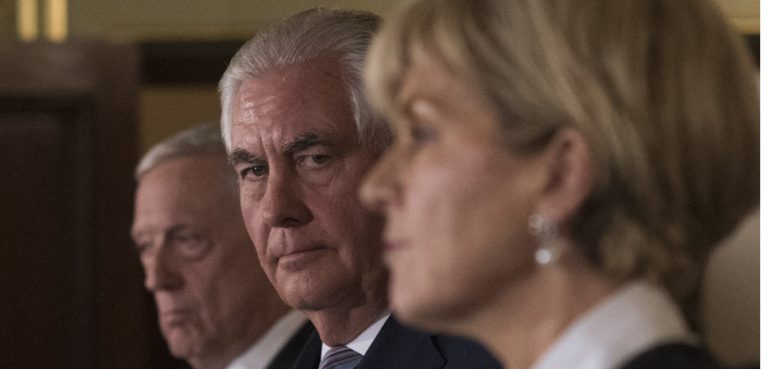Key Takeaways:
- The Marcos administration in the Philippines is internationalizing the South China Sea conflict, scrapping the bilateral approach of the Duterte years.
- US President Biden has reiterated that the US-Philippines mutual defense treaty applies to the South China Sea.
- ‘Gray zone tactics’ that may have worked previously are now more likely to elicit a response from Washington and other littoral claimants.
The United States and Philippines are planning their first-ever military training exercises outside of Philippines’ waters. The exercises are the latest in a series of moves suggesting a more active US stance on defending its allies’ sovereignty in the South China Sea. The overall objective is clear: remove the diplomatic and military ambiguity that China’s gray zone tactics thrive in.
Background
The South China Sea is a critical theater for Beijing, holding out the possibility of material wealth in its underseas mineral deposits and greater military security by pushing out the PLA’s defense perimeter from China proper. But Beijing’s sweeping claims to the waters overlap with other littoral states, namely Vietnam, the Philippines, Brunei, Malaysia, and Taiwan. The resulting clashes have played out for decades, sometimes producing a sudden redrawing of the map, as was the case after China’s occupation of the Paracel Islands in 1974, and other times leading to a more gradual ‘slicing of the salami’ where a previous status quo slowly gives way to a new one, often by way of gray zone tactics designed to fall short of producing a direct military response.




